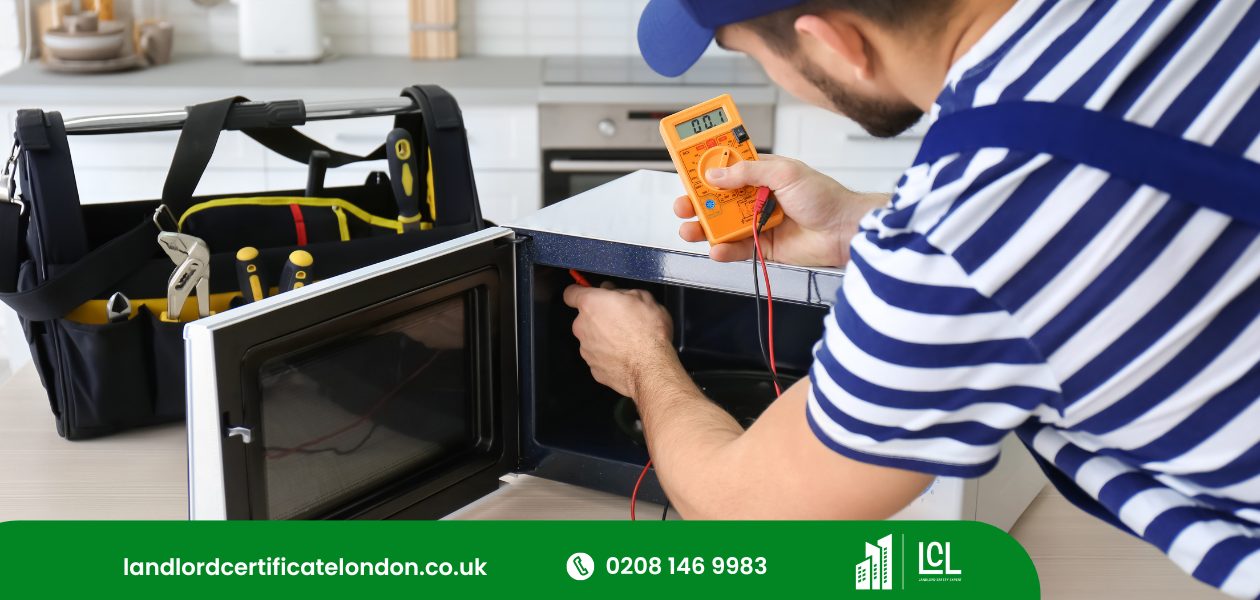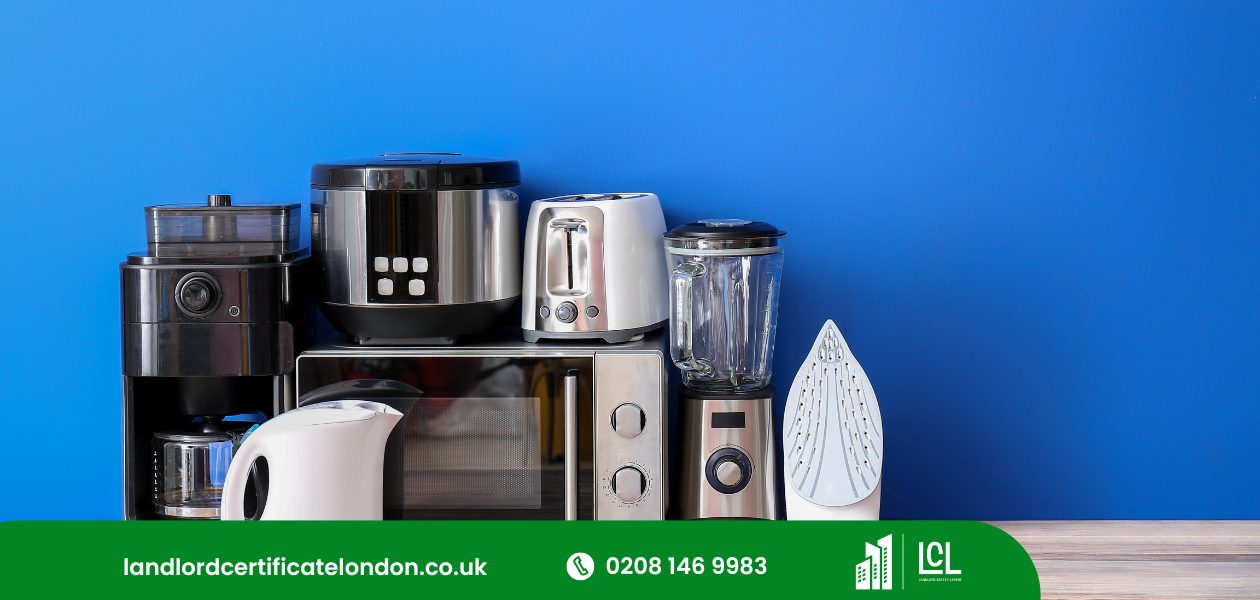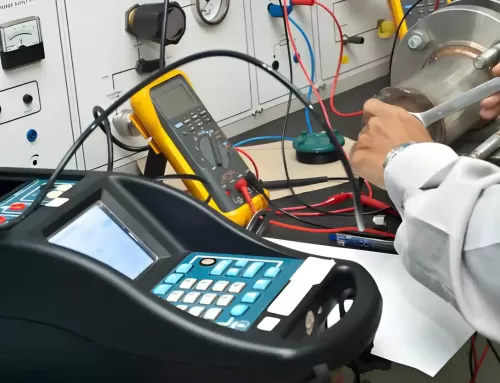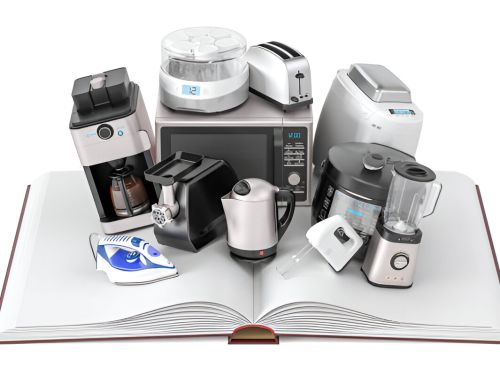
Portable Appliance Testing (PAT) is a vital aspect of workplace safety, but many businesses remain uncertain about which appliances require testing. In simple terms, any electrical device connected to the mains may need to be tested, from everyday office equipment like computers and printers to more specialized industrial tools such as drills and saws. However, understanding precisely which items need testing—and how often—is where things get complicated. Ensuring compliance with PAT testing standards is essential, but it also raises important questions: Which appliances pose the greatest risk? What factors determine whether testing is necessary? In this blog post, we’ll unravel the details, helping you ensure a safer, compliant workspace. Stay with us as we break down the key points every business owner should know. Let’s understand Which Items Need PAT Testing.
What is PAT Testing and Why is it Important?
PAT Testing, or Portable Appliance Testing, is an essential procedure that often involves meticulously inspecting electrical appliances to ensure they are safe for use. This process is critical not only for the importance of safety but also for legal compliance. By conducting regular PAT tests, organizations can systematically identify defects that might lead to electrical hazards, thereby safeguarding both user safety and operational continuity.

The significance of PAT Testing extends beyond mere operational protocol; it is fundamentally tied to legal compliance. Various jurisdictions mandate regular checks to minimize the risk of accidents due to faulty electrical equipment, making PAT Testing a pivotal aspect of regulatory adherence. This adherence is not merely bureaucratic but serves as a preventive strategy against potential litigation arising from electrical mishaps.
Moreover, a well-implemented PAT Testing protocol enhances an organization’s reputation for safety and reliability. It reflects a commitment to maintaining high safety standards, essential in industries where the integrity of electrical installations directly influences operational efficacy.
Types of Electrical Appliances That Require PAT Testing
Understanding the scope of electrical appliances that necessitate Portable Appliance Testing (PAT) is crucial for maintaining compliance and safety standards. Identifying which appliances fall into specific categories requiring this testing is essential for any organization seeking to uphold electrical safety and operational integrity.

Electrical appliances can be broadly divided into two main categories: stationary and portable. Stationary appliances include those that are typically fixed in one location, such as refrigerators and ovens. Despite their fixed nature, ensuring their safety through regular PAT testing is imperative due to their constant use and potential risk factors.
Portable appliances, on the other hand, are more frequently handled and moved, which can increase wear and tear and the likelihood of electrical faults. This category encompasses items like electric drills, kettles, and computers. The testing requirements for these devices are often more stringent due to their mobility and the higher risk of damage from frequent handling.
Both categories require diligent inspection and testing to detect potential hazards like faulty wiring or malfunctioning components. Adhering to prescribed testing requirements helps prevent accidents, ensuring that all electrical appliances, whether fixed or movable, operate within the designated safety parameters.
Common Workplace Items That Need Regular PAT Testing
Regular testing of workplace electrical items is essential for ensuring safety and compliance with regulatory standards. In particular, various pieces of office equipment fall under stringent safety regulations necessitating periodic Portable Appliance Testing (PAT). This process detects potential hazards before they can pose a risk to workplace safety.
Among the most common items requiring regular PAT are computers and their peripherals, including monitors and printers. These devices are integral to daily operations in modern offices and are frequently subject to wear and electrical faults due to constant use.
Additionally, kitchen appliances like microwaves, kettles, and refrigerators in office pantries also demand scrutiny. These appliances are often overlooked, yet they are prone to damage from frequent use and can become significant hazards.
Furthermore, power tools used in maintenance or construction within business premises should undergo regular testing. These tools handle high voltages and can be dangerous if malfunctioning.
Office heating and cooling systems, including portable heaters and air conditioners, also necessitate regular checks to ensure they are operating safely and effectively within their electrical specifications.
Adhering to these guidelines not only enhances safety but also aligns with legal requirements, helping businesses avoid penalties and maintain a safe working environment.
How to Identify Which Portable Devices Need Testing
Identifying which portable devices require PAT testing involves analyzing their usage, electrical specifications, and environment. This process, crucial for ensuring electrical safety, begins with identifying hazards associated with each device. Factors such as operational voltage, power consumption, and frequency of use play a significant role in assessing these risks.

Devices used more frequently or those that are essential to business operations often pose higher risks and therefore merit priority in testing schedules.
Assessing risks also includes examining the environment in which the device is used. Equipment exposed to harsh conditions, such as moisture, dust, or extreme temperatures, requires more frequent scrutiny due to increased susceptibility to damage and failure.
Additionally, devices that are moved often, such as laptops, power tools, and extension cords, are more likely to incur wear and tear that could lead to electrical faults.
A systematic approach to this assessment should include compiling an inventory of all portable electrical devices, categorizing them by risk based on the factors mentioned, and prioritizing them for testing accordingly.
This method ensures that the most critical devices, which present the highest potential hazard, are tested with the urgency they require, thus maintaining safety and compliance.
PAT Testing Frequency: How Often Should It Be Done?
Establishing an appropriate frequency for PAT testing is crucial for maintaining electrical safety and compliance. The pat testing regulations specify different testing intervals, which vary depending on the type of equipment and the environment in which it is used.
For example, tools used on construction sites should be tested more frequently than those used in a less demanding office environment. Understanding and applying these differentiated intervals is essential for ensuring the safety of both equipment and its users.
In general, the Health and Safety Executive (HSE) suggests that PAT testing frequency should be determined based on a risk assessment approach. High-risk environments, such as construction sites, manufacturing plants, and kitchens, typically require testing at least annually.
In contrast, environments with lower risks, like office spaces, may extend the interval to every two years. Furthermore, the type of equipment also influences the frequency. Handheld electrical devices, being more susceptible to damage, might need testing every six months, whereas stationary appliances could be tested less frequently.
Adhering to these guidelines not only ensures legal compliance but also enhances the operational reliability of electrical appliances, mitigating risks associated with electrical faults.
Why Choose Professional PAT Testing Services in London?
Choosing professional PAT testing services in London offers a strategic advantage for businesses aiming to ensure compliance with electrical safety regulations. Engaging experts in this field not only aligns with legal requirements but also elevates the operational safety standards, minimizing risks associated with electrical faults.
Professional services provide a rigorous assessment of electrical appliances, utilizing advanced diagnostic tools that detect potential issues that may not be visible to the untrained eye. This level of technical proficiency ensures a thorough evaluation, surpassing the basic checks performed during routine inspections.
Moreover, the cost benefits of outsourcing PAT testing to specialized services in London are significant. Utilizing their expertise can result in considerable savings over time, as these professionals can accurately identify equipment vulnerabilities before they evolve into expensive repairs or hazardous situations.
This proactive approach to maintenance can extend the lifespan of electrical appliances, thereby optimizing resource allocation and reducing unnecessary expenditure on premature replacements.
Professional PAT testers in London are also well-versed in the latest safety standards and technological advancements in electrical safety. Their continuous training and certification mean that businesses not only meet current legal requirements but are also prepared for any upcoming changes in safety regulations.
Conclusion
In conclusion, Portable Appliance Testing (PAT) is an essential safety procedure that mitigates the risk of electrical hazards in various environments. Regular testing of both stationary and portable electrical appliances ensures compliance with legal standards and enhances user safety. Organizations are advised to engage in routine assessments of their electrical equipment and consider the engagement of specialized PAT services in London to uphold stringent safety protocols and maintain operational integrity.
About the Author: LandlordCertificate
Related Posts
Get Social
Recent Posts
- Fuse Box Installation: Everything Homeowners Need to Know Before Getting Started
- EICR Certificate London: Understanding Your Legal Duty as an Owner
- Behind the Scenes of a Gas Safety Certificate London Inspection in Homes
- The Role of Fire Alarm Installation in Building Safety
- How Often Should a Fire Risk Assessment Be Reviewed?













